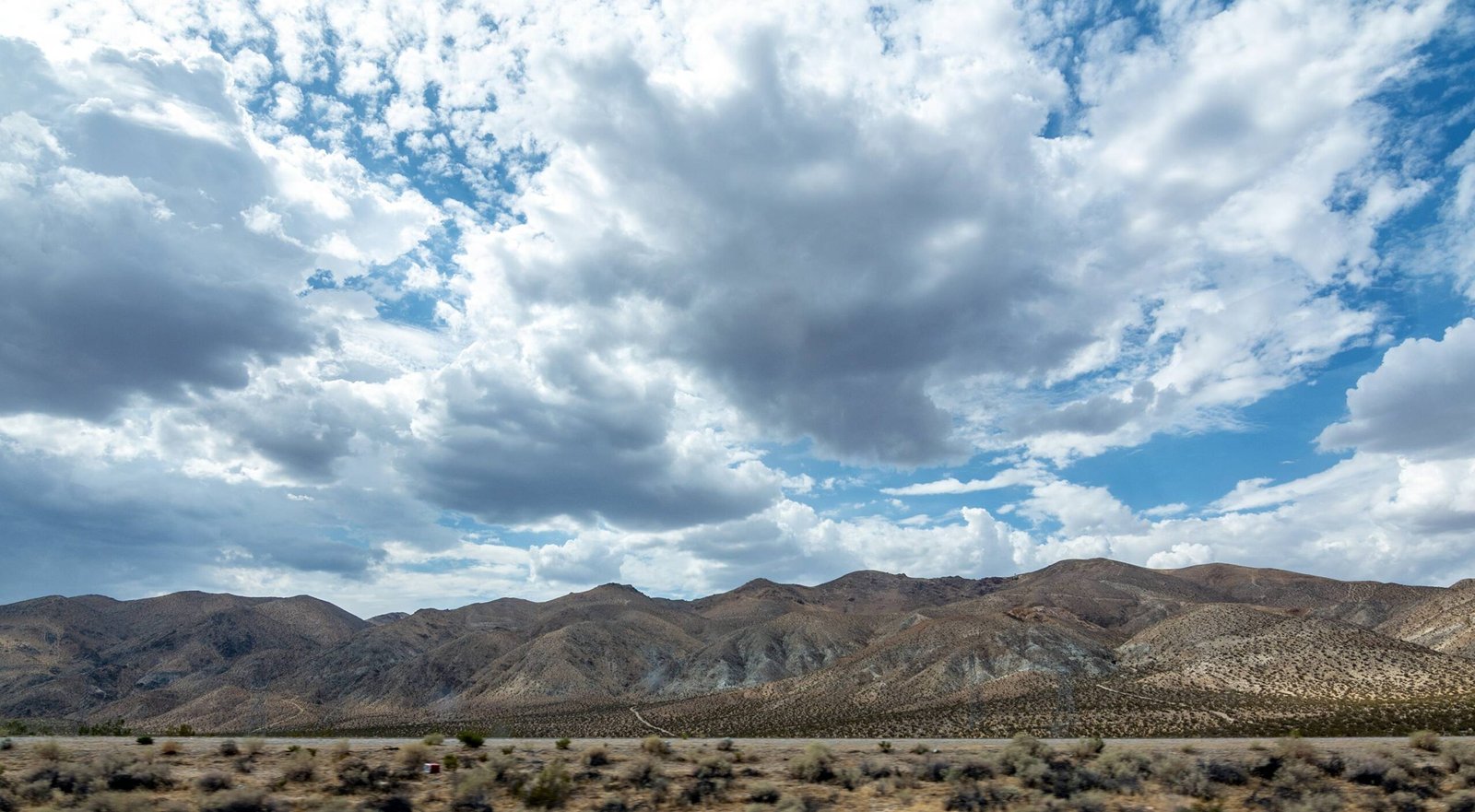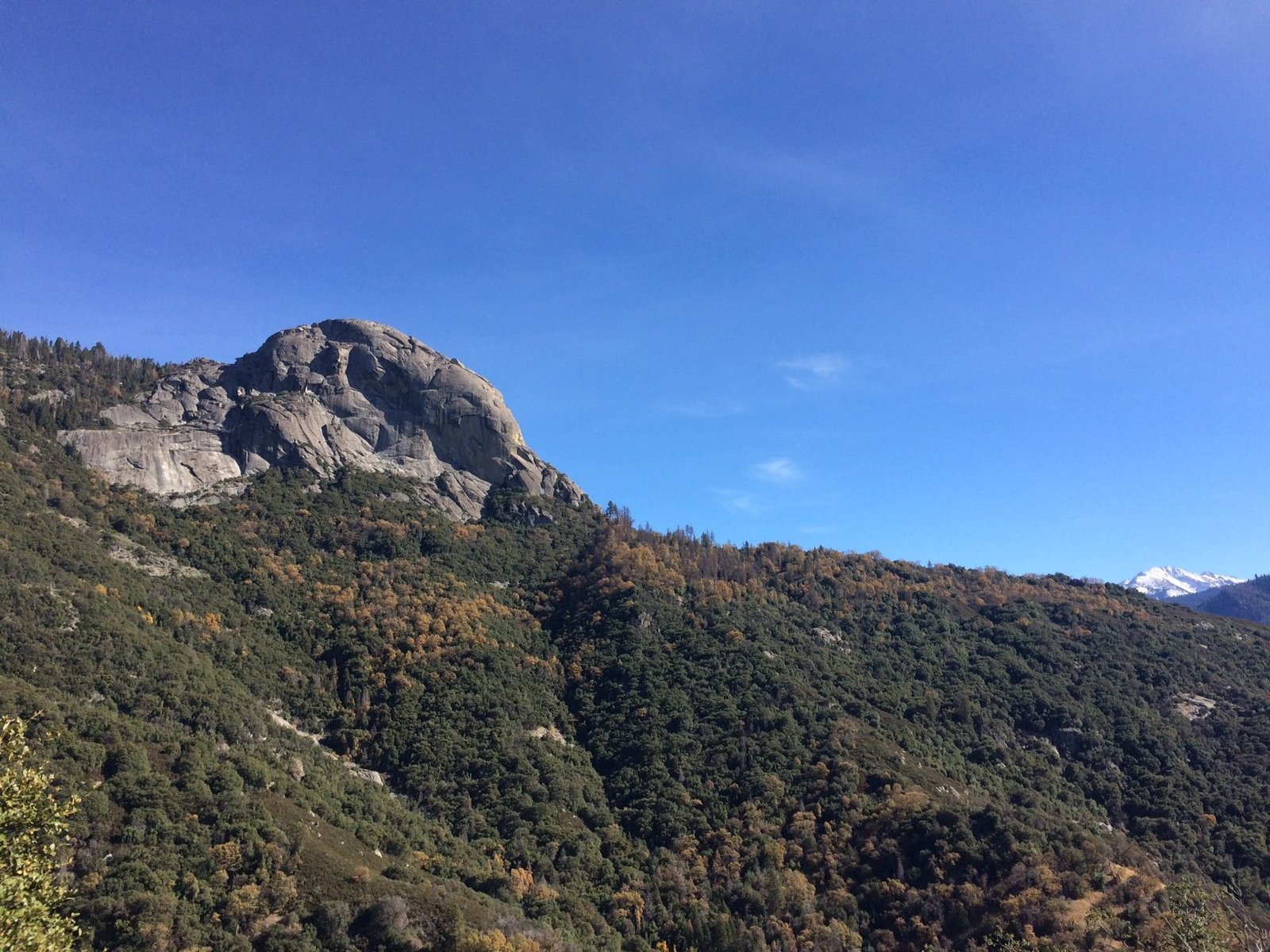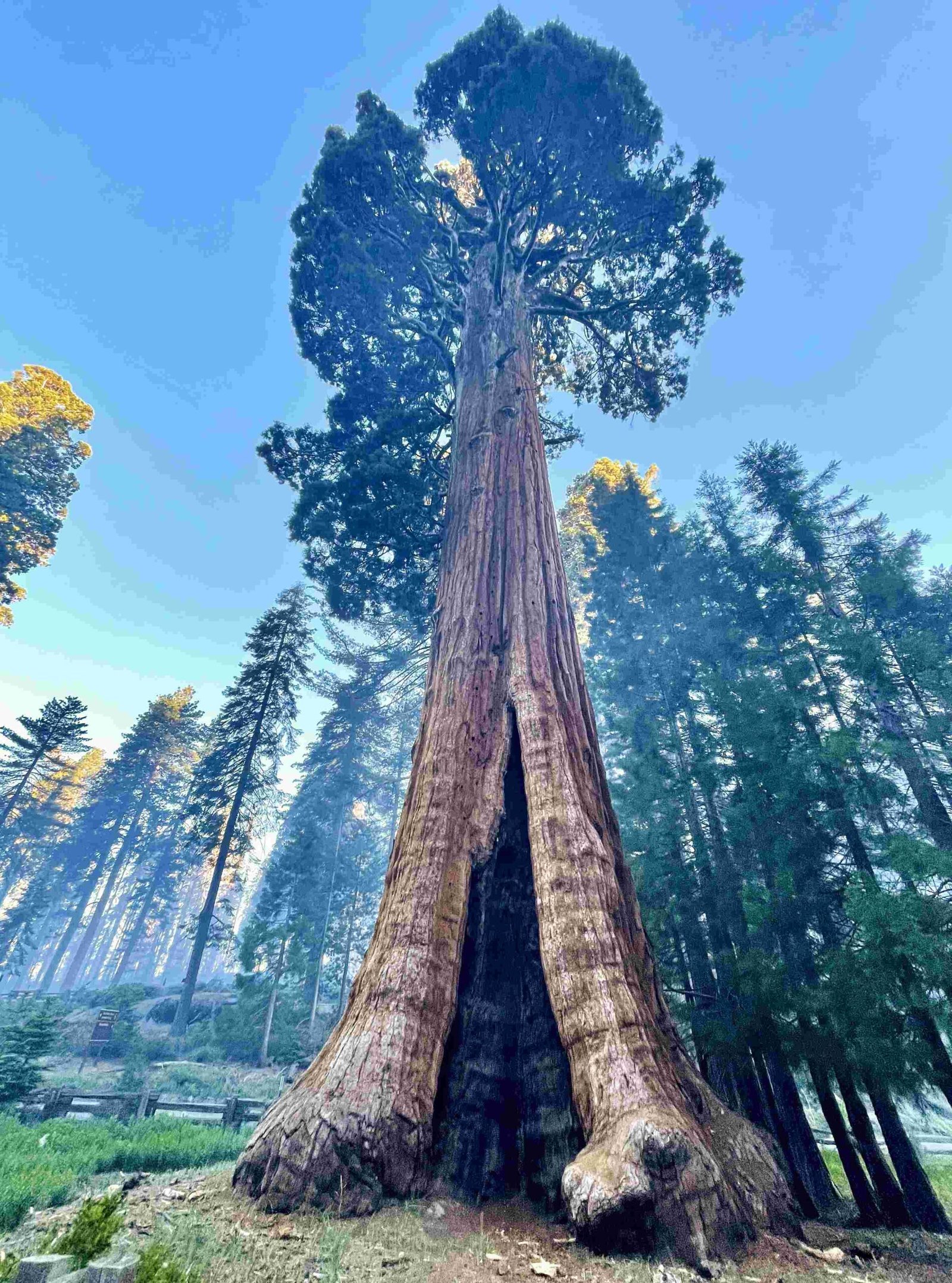The Kaweah River system in Sequoia National Park is a vital water source and natural feature, though it does not have a formal aqueduct. This river originates in the southern Sierra Nevada, flowing through the park and supporting diverse ecosystems. While there’s no specific aqueduct, the river’s management involves dams, trails, and conservation efforts. This guide explores the Kaweah River’s significance, associated hiking trails, water management practices, and visitor information within Sequoia National Park.
What is the Historical Significance of the Kaweah River System?

The Kaweah River has played a crucial role in shaping the landscape and history of Sequoia National Park:
- Native American Heritage: The Yokuts and Western Mono people inhabited the area for thousands of years, relying on the river for sustenance and spiritual practices.
- Spanish Exploration: Early 1800s saw Spanish explorers venturing into the region, marking the first European contact with the Kaweah River system.
- Logging Era: After the 1850s, American settlers began extensive logging operations in the area, significantly impacting the river’s ecosystem.
- National Park Establishment: In 1890, the upper reaches of the Kaweah River were incorporated into Sequoia National Park, marking a shift towards conservation.
How Does the Kaweah River Contribute to Sequoia National Park’s Ecosystem?

The Kaweah River is integral to the park’s ecological health:
- Water Source: Provides essential hydration for the park’s diverse flora, including the iconic giant sequoias.
- Habitat Creation: Supports a wide range of aquatic and terrestrial wildlife.
- Geological Shaping: Continues to carve and shape the park’s landscape through erosion and sediment transport.
- Climate Regulation: Influences local microclimates, contributing to the unique conditions that support sequoia groves.
What Are the Notable Hiking Trails Associated with the Kaweah River?
Several popular hiking trails offer visitors the chance to experience the beauty of the Kaweah River system:
| Trail Name | Distance | Difficulty | Key Features |
|---|---|---|---|
| Giant Forest Loop Trail | 7 miles | Easy to Moderate | General Sherman Tree, Sequoia groves |
| Alta Peak Trail | 13 miles round trip | Challenging | Panoramic views, 4,000 ft elevation gain |
| Marble Falls Trail | 7.5 miles round trip | Moderate | Marble Falls, 2,000 ft elevation gain |
Giant Forest Loop Trail
This trail showcases the heart of Sequoia National Park, winding through ancient sequoia groves and offering close-up views of the world’s largest trees by volume.
Alta Peak Trail
Starting near Lodgepole, this trail rewards hikers with breathtaking vistas of the Sierra Nevada range, including distant views of Mt. Whitney on clear days.
Marble Falls Trail
Leading to the picturesque Marble Falls on the Marble Fork of the Kaweah River, this trail offers a more secluded experience with stunning water features.
How is Water Management Practiced in the Kaweah River System?
Water management of the Kaweah River involves several key components:
- Terminus Dam:
- Location: Near Three Rivers
- Purpose: Flood control, irrigation, hydroelectric power
-
Impact: Regulates river flow, forms Lake Kaweah
-
Flow Rate Monitoring:
- Average flow: 554 cubic feet per second
- Maximum recorded flow: 80,700 cubic feet per second (near Three Rivers)
-
Seasonal variations: Highest during spring snowmelt
-
Conservation Efforts:
- Balancing human needs with ecosystem preservation
- Protecting riparian habitats
-
Maintaining water quality for wildlife and vegetation
-
Park Integration:
- Supporting sequoia groves and diverse flora
- Maintaining natural river processes within park boundaries
- Educating visitors on water conservation and river ecology
What Practical Information Should Visitors Know About the Kaweah River Area?
For those planning to explore the Kaweah River region in Sequoia National Park:
Parking and Accessibility
- Ample parking available near major trailheads (Giant Forest, Lodgepole)
- Some accessible trails and facilities for visitors with mobility issues
- Shuttle services available during peak seasons to reduce traffic
Costs and Permits
- Park entrance fee required (varies based on vehicle type and duration)
- Special permits may be needed for backcountry camping or certain activities
- Guided tours and activities may have additional costs
Best Times to Visit
- Spring and early summer: Ideal for wildflower viewing and optimal river flows
- Late May to early June: Peak season for whitewater rafting
- Fall: Less crowded, beautiful foliage colors
- Winter: Snow activities, but some areas may be inaccessible
Safety Considerations
- Always check current river conditions before water activities
- Be aware of rapid snowmelt in spring, which can create dangerous river conditions
- Carry plenty of water and sun protection, especially in summer months
- Follow Leave No Trace principles to protect the river ecosystem
How Does Climate Change Impact the Kaweah River System?
Climate change poses significant challenges to the Kaweah River and Sequoia National Park:
- Altered Snowmelt Patterns:
- Earlier spring runoff
- Reduced summer water availability
-
Impacts on flora and fauna dependent on traditional water cycles
-
Increased Wildfire Risk:
- Drier conditions leading to more frequent and intense fires
-
Potential damage to watersheds and water quality
-
Ecosystem Shifts:
- Changes in vegetation types and distribution
-
Potential threats to sequoia habitats
-
Water Management Challenges:
- Need for adaptive strategies to balance conservation and human needs
- Potential conflicts between water users during drought periods
What Research and Conservation Efforts Focus on the Kaweah River?
Ongoing scientific studies and conservation initiatives include:
- Hydrological Monitoring: Continuous data collection on river flow, water quality, and sediment transport.
- Ecosystem Health Assessment: Regular surveys of riparian vegetation, aquatic life, and wildlife populations.
- Climate Change Adaptation: Developing strategies to protect vulnerable species and habitats.
- Restoration Projects: Efforts to rehabilitate areas impacted by past human activities or natural disasters.
- Public Education: Programs to raise awareness about river conservation and sustainable water use.
In conclusion, while there isn’t a formal Kaweah River aqueduct in Sequoia National Park, the river system itself is a crucial natural feature that shapes the park’s landscape, supports its ecosystems, and offers visitors numerous opportunities for exploration and appreciation of nature’s wonders. Understanding its significance, management practices, and the challenges it faces is essential for both conservation efforts and responsible tourism in this iconic national park.
References:
1. Wikipedia – Kaweah River
2. Whitewater Guidebook – Kaweah River
3. Sequoia Adventures – Kaweah River

